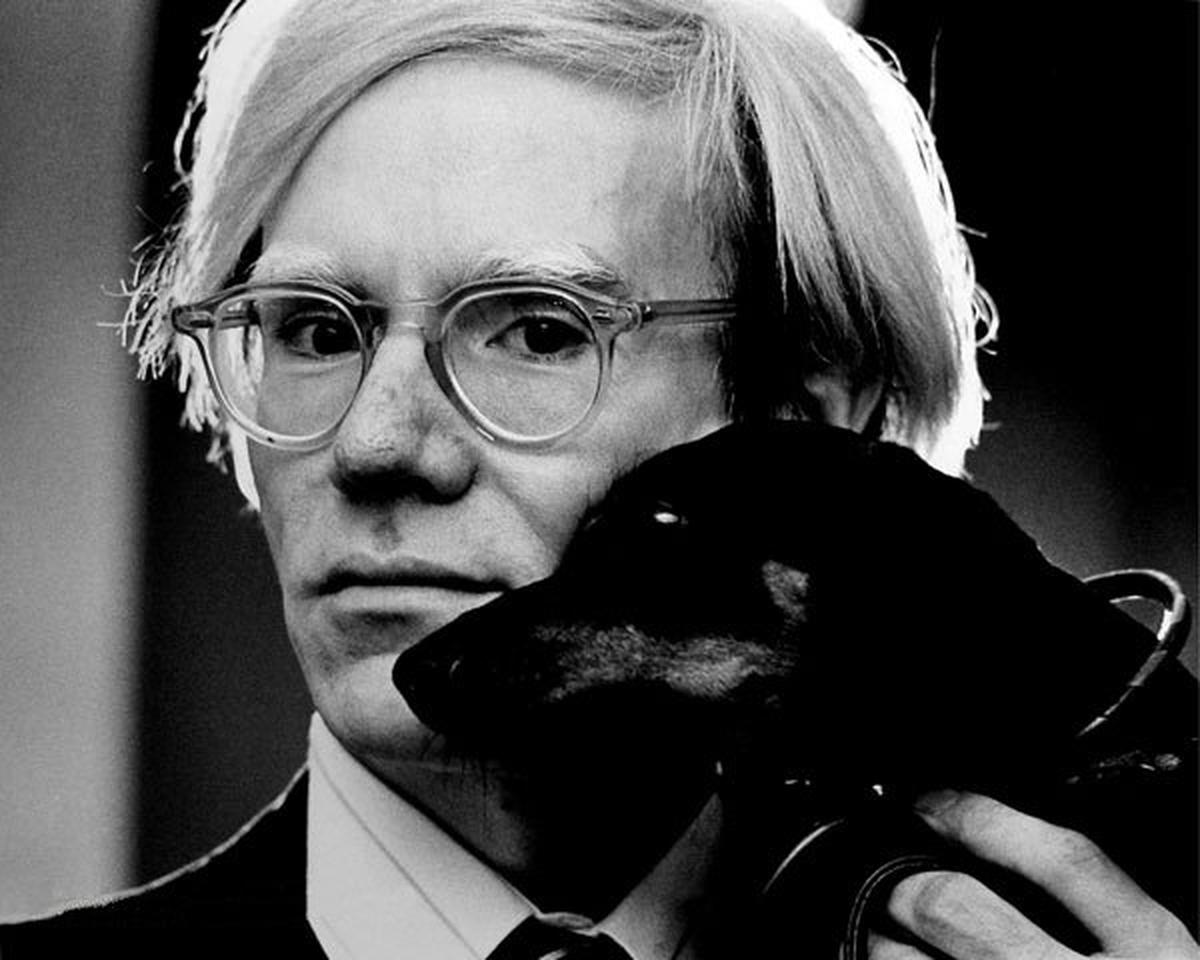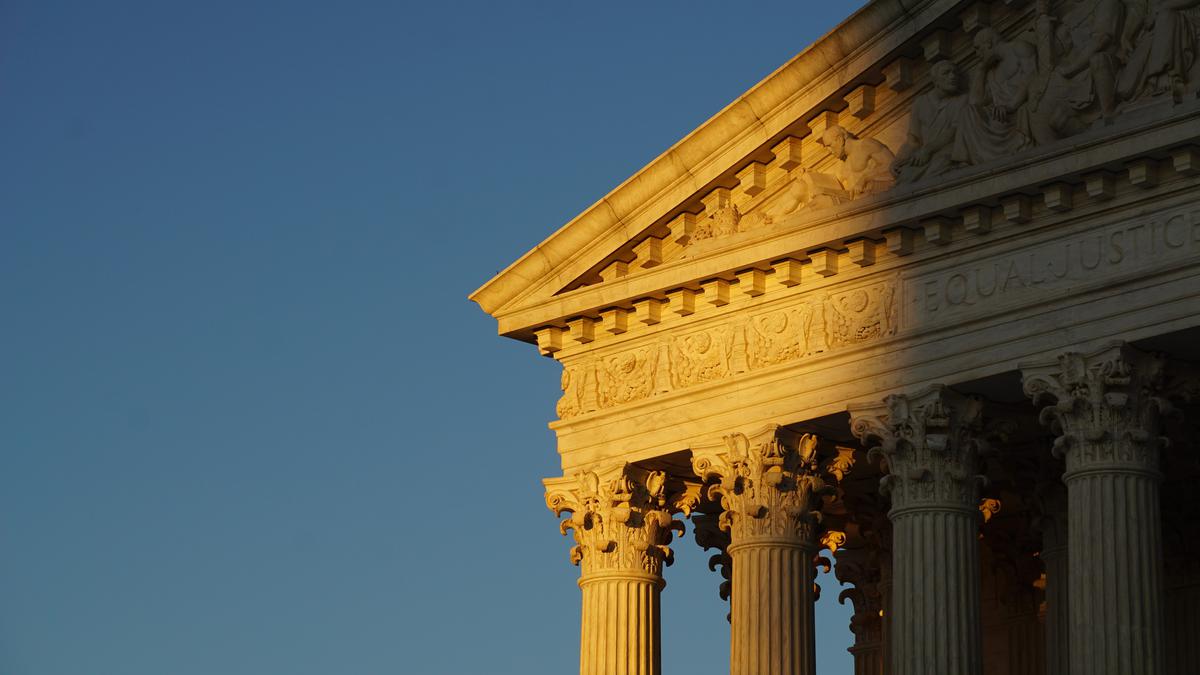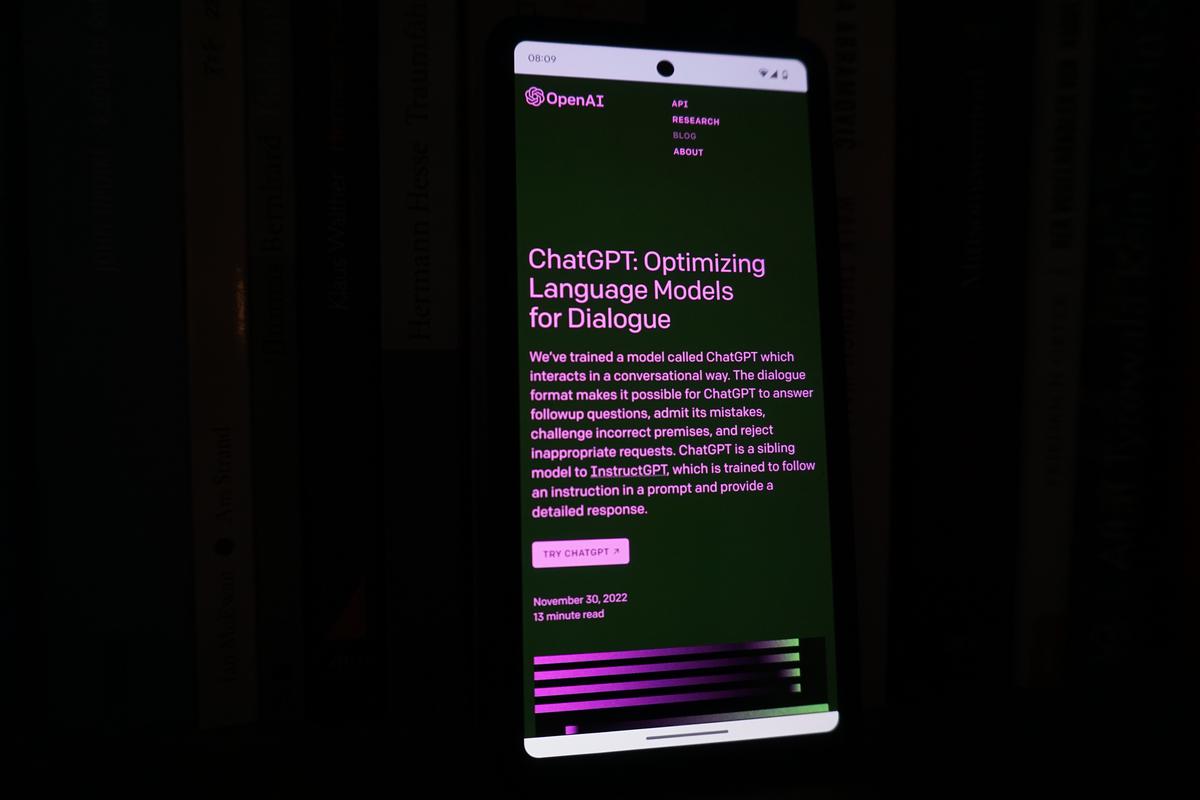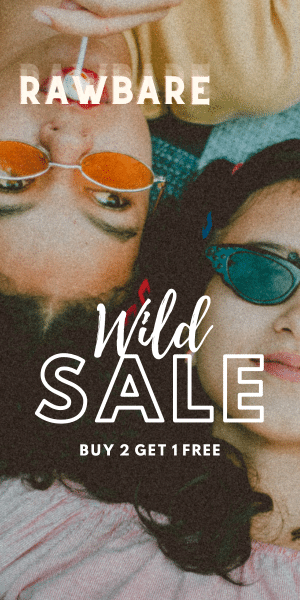[ad_1]
Copyright law protects the work of diverse artists, including photographers, as well as provides a set of exclusive rights for artists over their creative output. This includes controlling the manner in which others reproduce or modify their work. However, these exclusive rights are balanced with the rights of the users of such work, including other artists who might want to build on or comment on them, with the help of diverse exceptions under copyright law.
What is exempt from infringement liability?
Different jurisdictions follow different approaches to exceptions. Some, particularly countries in continental Europe, adopt the ‘enumerated exceptions approach’: the use in question needs to be specifically covered under the statute to be considered as an exception to infringement. Some others, including the U.S., follow an open-ended approach that doesn’t specify exemptions beforehand; instead, they have guidelines about the types of uses that can be exempted.
The U.S. courts primarily consider four factors when determining whether a particular use can be considered to be an instance of fair use: (1) purpose and character of the use; (2) nature of the copyrighted work; (3) amount and substantiality of the portion taken by the defendant, and (4) effect of the use on the potential market of the plaintiff’s work.
Of these, U.S. courts have been giving the highest importance to the first factor. In particular, whether the use of something can be considered “transformative” has often played the most critical role in determining the final outcome in a fair-use case.
This open-ended approach to exceptions provides U.S. copyright law considerable flexibility and strength to deal with challenges posed by emerging technologies on the copyright system. However, it has a major limitation: there is no way to know whether an activity will be exempted from liabilities until after litigation. That is, it is very hard to predict ex ante whether an activity will be exempted from copyright infringement liabilities.
The recent decision of the U.S. Supreme Court in Andy Warhol Foundation for the Visual Arts Inc. v. Goldsmith et al. has just added more unpredictability to this process – with implications for how we regulate a powerful form of artificial intelligence.
What is the Andy Warhol Foundation case?

Andy Warhol with his pet dachshund, 1973.
| Photo Credit:
Jack Mitchell, CC BY-SA 4.0
Known for her concert and portrait shots, Lynn Goldsmith photographed the famous musician Prince in 1981. One of those photos was licensed in 1984 to Vanity Fair magazine for use as an “artist reference”. The licence specifically said the illustration could appear once as a full page element and once as a one-quarter page element, in the magazine’s November 1984. Vanity Fair paid Ms. Goldsmith $400 for the licence.
It then hired the celebrated visual artist Andy Warhol to work on the illustration. Mr. Warhol made a silkscreen portrait of Prince using Goldsmith’s photo. It appeared in the magazine with appropriate credits to Ms. Goldsmith. But while the licence had authorised only one illustration, Mr. Warhol additionally created 13 screen prints and two pencil sketches.
In 2016, Condé Nast, the media conglomerate that publishes Vanity Fair, approached the Andy Warhol Foundation (AWF) to reuse the 1984 illustration as part of a story on Prince. But when they realised that there were more portraits available, they opted to publish one of them instead (an orange silkscreen portrait). And as part of the licence to use it, they paid $10,000 to AWF, and nothing to Ms. Goldsmith.
When AWF realised that Ms. Goldsmith may file a copyright infringement suit, it filed a suit for declaratory judgment of non-infringement. Ms. Goldsmith then counter-sued AWF for copyright infringement.
What did the courts find?

The front façade of the Supreme Court of the United States in Washington, DC, October 19, 2020.
| Photo Credit:
Ian Hutchinson/Unsplash
First, a district court summarily ruled in favour of AWF, opining that Mr. Warhol’s use of Ms. Goldsmith’s photo constituted fair-use. The court banked on the first factor and held that Mr. Warhol’s work was “transformative” as they “have a different character, give Goldsmith’s photograph a new expression, and employ new aesthetics with creative and communicative results distinct from Goldsmith’s”.
It also observed that Mr. Warhol’s work added something new to the world of art “and the public would be deprived of this contribution if the works could not be distributed”.
However, the Court of Appeals for the Second Circuit reversed these findings and disagreed that Mr. Warhol’s use of the photograph constituted fair-use. The case subsequently went to the U.S. Supreme Court, which delivered its verdict on May 18, 2023.
The majority of judges concluded that if an original work and secondary work have more or less similar purposes and if the secondary use is of a commercial nature, the first factor may not favour a fair-use interpretation – unless there are other justifications for copying.
In this particular instance, according to the majority decision, both Ms. Goldsmith’s photos and Mr. Warhol’s adaptations had more or less the same purpose: to portray Prince. The majority said that while copying may have helped convey a new meaning or message, that in itself did not suffice under the first factor.
The dissenting opinion focused extensively on how art is produced, particularly the fact that no artists create anything out of a vacuum. Justice Elena Kagan, author of this opinion, wrote of the need for a broader reading of ‘transformative use’ for the progress of arts and science. The dissenters also opined that Mr. Warhol’s addition of important “new expression, meaning and message” tilted the first factor in favour of a finding of fair-use.
How does this affect generative AI?

A view of the ChatGPT website.
| Photo Credit:
Rolf van Root/Unsplash
While this dispute arose in the context of use of a photograph as an artistic reference, the implications of the court’s finding are bound to ripple across the visual arts at large. The majority position could challenge the manner in which many generative artificial intelligence (AI) tools, such as ChatGPT4, MidJourney, and Stable Diffusion, have been conceived. These models’ makers ‘train’ them on text, photos, and videos strewn around the internet, copyrighted or not.
For example, if someone is using a generative AI tool to create pictures in the style of Mr. Warhol, and if the resulting images are similar to any of the work of Mr. Warhol, a court is likelier now to rule against this being described as fair use, taking the view that both the copyrighted work and the models’ output serve similar purposes.
The majority’s reliance on the commercial nature of the use may also result in substantial deviation from the established view: that the commercial nature of the use in itself cannot negate a finding of fair use. But the true extent of the implications of the verdict will be clear only when trial courts begin applying the ratio in this judgment to future cases.
What about Indian copyright law?
There may not be any direct implications for Indian copyright law, as the framework of exceptions here is different. India follows a hybrid model of exception in which fair dealing with copyrighted work is exempted for some specific purposes under Section 52(1)(a) of the Copyright Act 1957. India also has a long list of enumerated exceptions.
This said, the observations by the U.S. Supreme Court’s decision could have a persuasive effect, particularly when determining ‘fairness’ as part of a fair-dealing litigation. Then again, only time will tell which one will have a more persuasive effect – the majority or the minority.
Arul George Scaria is an associate professor at the National Law School of India University (NLSIU).
[ad_2]
[ad_1]
Copyright law protects the work of diverse artists, including photographers, as well as provides a set of exclusive rights for artists over their creative output. This includes controlling the manner in which others reproduce or modify their work. However, these exclusive rights are balanced with the rights of the users of such work, including other artists who might want to build on or comment on them, with the help of diverse exceptions under copyright law.
What is exempt from infringement liability?
Different jurisdictions follow different approaches to exceptions. Some, particularly countries in continental Europe, adopt the ‘enumerated exceptions approach’: the use in question needs to be specifically covered under the statute to be considered as an exception to infringement. Some others, including the U.S., follow an open-ended approach that doesn’t specify exemptions beforehand; instead, they have guidelines about the types of uses that can be exempted.
The U.S. courts primarily consider four factors when determining whether a particular use can be considered to be an instance of fair use: (1) purpose and character of the use; (2) nature of the copyrighted work; (3) amount and substantiality of the portion taken by the defendant, and (4) effect of the use on the potential market of the plaintiff’s work.
Of these, U.S. courts have been giving the highest importance to the first factor. In particular, whether the use of something can be considered “transformative” has often played the most critical role in determining the final outcome in a fair-use case.
This open-ended approach to exceptions provides U.S. copyright law considerable flexibility and strength to deal with challenges posed by emerging technologies on the copyright system. However, it has a major limitation: there is no way to know whether an activity will be exempted from liabilities until after litigation. That is, it is very hard to predict ex ante whether an activity will be exempted from copyright infringement liabilities.
The recent decision of the U.S. Supreme Court in Andy Warhol Foundation for the Visual Arts Inc. v. Goldsmith et al. has just added more unpredictability to this process – with implications for how we regulate a powerful form of artificial intelligence.
What is the Andy Warhol Foundation case?

Andy Warhol with his pet dachshund, 1973.
| Photo Credit:
Jack Mitchell, CC BY-SA 4.0
Known for her concert and portrait shots, Lynn Goldsmith photographed the famous musician Prince in 1981. One of those photos was licensed in 1984 to Vanity Fair magazine for use as an “artist reference”. The licence specifically said the illustration could appear once as a full page element and once as a one-quarter page element, in the magazine’s November 1984. Vanity Fair paid Ms. Goldsmith $400 for the licence.
It then hired the celebrated visual artist Andy Warhol to work on the illustration. Mr. Warhol made a silkscreen portrait of Prince using Goldsmith’s photo. It appeared in the magazine with appropriate credits to Ms. Goldsmith. But while the licence had authorised only one illustration, Mr. Warhol additionally created 13 screen prints and two pencil sketches.
In 2016, Condé Nast, the media conglomerate that publishes Vanity Fair, approached the Andy Warhol Foundation (AWF) to reuse the 1984 illustration as part of a story on Prince. But when they realised that there were more portraits available, they opted to publish one of them instead (an orange silkscreen portrait). And as part of the licence to use it, they paid $10,000 to AWF, and nothing to Ms. Goldsmith.
When AWF realised that Ms. Goldsmith may file a copyright infringement suit, it filed a suit for declaratory judgment of non-infringement. Ms. Goldsmith then counter-sued AWF for copyright infringement.
What did the courts find?

The front façade of the Supreme Court of the United States in Washington, DC, October 19, 2020.
| Photo Credit:
Ian Hutchinson/Unsplash
First, a district court summarily ruled in favour of AWF, opining that Mr. Warhol’s use of Ms. Goldsmith’s photo constituted fair-use. The court banked on the first factor and held that Mr. Warhol’s work was “transformative” as they “have a different character, give Goldsmith’s photograph a new expression, and employ new aesthetics with creative and communicative results distinct from Goldsmith’s”.
It also observed that Mr. Warhol’s work added something new to the world of art “and the public would be deprived of this contribution if the works could not be distributed”.
However, the Court of Appeals for the Second Circuit reversed these findings and disagreed that Mr. Warhol’s use of the photograph constituted fair-use. The case subsequently went to the U.S. Supreme Court, which delivered its verdict on May 18, 2023.
The majority of judges concluded that if an original work and secondary work have more or less similar purposes and if the secondary use is of a commercial nature, the first factor may not favour a fair-use interpretation – unless there are other justifications for copying.
In this particular instance, according to the majority decision, both Ms. Goldsmith’s photos and Mr. Warhol’s adaptations had more or less the same purpose: to portray Prince. The majority said that while copying may have helped convey a new meaning or message, that in itself did not suffice under the first factor.
The dissenting opinion focused extensively on how art is produced, particularly the fact that no artists create anything out of a vacuum. Justice Elena Kagan, author of this opinion, wrote of the need for a broader reading of ‘transformative use’ for the progress of arts and science. The dissenters also opined that Mr. Warhol’s addition of important “new expression, meaning and message” tilted the first factor in favour of a finding of fair-use.
How does this affect generative AI?

A view of the ChatGPT website.
| Photo Credit:
Rolf van Root/Unsplash
While this dispute arose in the context of use of a photograph as an artistic reference, the implications of the court’s finding are bound to ripple across the visual arts at large. The majority position could challenge the manner in which many generative artificial intelligence (AI) tools, such as ChatGPT4, MidJourney, and Stable Diffusion, have been conceived. These models’ makers ‘train’ them on text, photos, and videos strewn around the internet, copyrighted or not.
For example, if someone is using a generative AI tool to create pictures in the style of Mr. Warhol, and if the resulting images are similar to any of the work of Mr. Warhol, a court is likelier now to rule against this being described as fair use, taking the view that both the copyrighted work and the models’ output serve similar purposes.
The majority’s reliance on the commercial nature of the use may also result in substantial deviation from the established view: that the commercial nature of the use in itself cannot negate a finding of fair use. But the true extent of the implications of the verdict will be clear only when trial courts begin applying the ratio in this judgment to future cases.
What about Indian copyright law?
There may not be any direct implications for Indian copyright law, as the framework of exceptions here is different. India follows a hybrid model of exception in which fair dealing with copyrighted work is exempted for some specific purposes under Section 52(1)(a) of the Copyright Act 1957. India also has a long list of enumerated exceptions.
This said, the observations by the U.S. Supreme Court’s decision could have a persuasive effect, particularly when determining ‘fairness’ as part of a fair-dealing litigation. Then again, only time will tell which one will have a more persuasive effect – the majority or the minority.
Arul George Scaria is an associate professor at the National Law School of India University (NLSIU).
[ad_2]
















